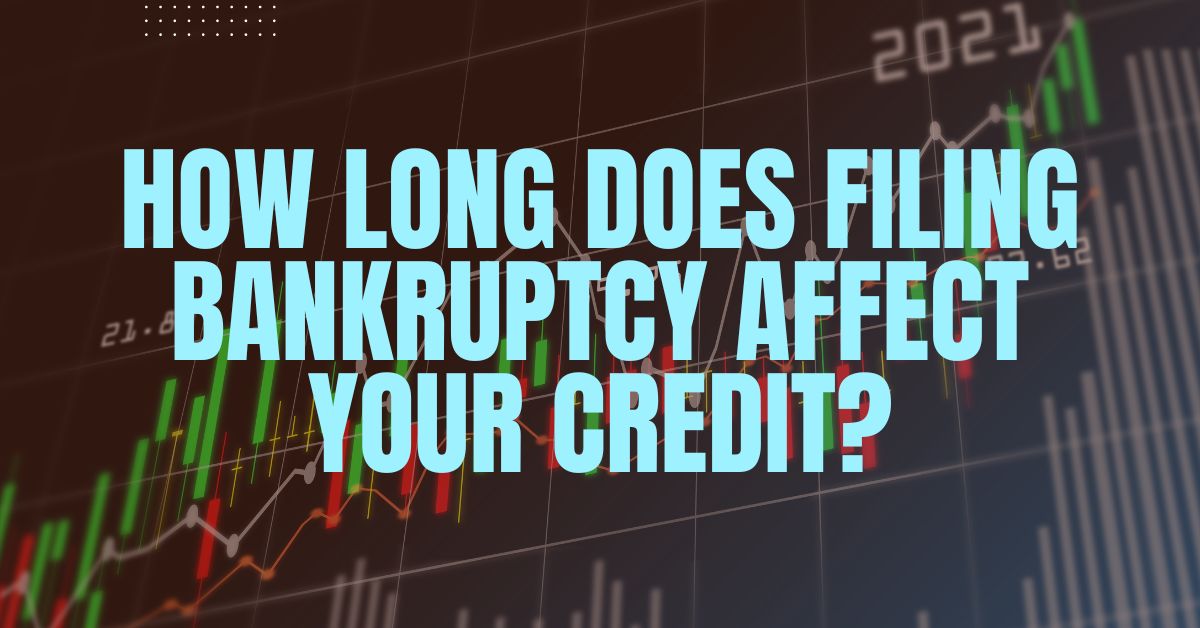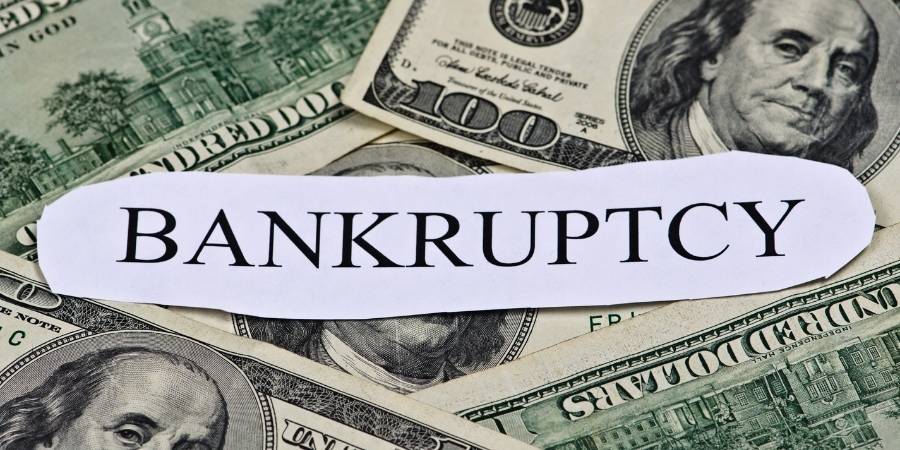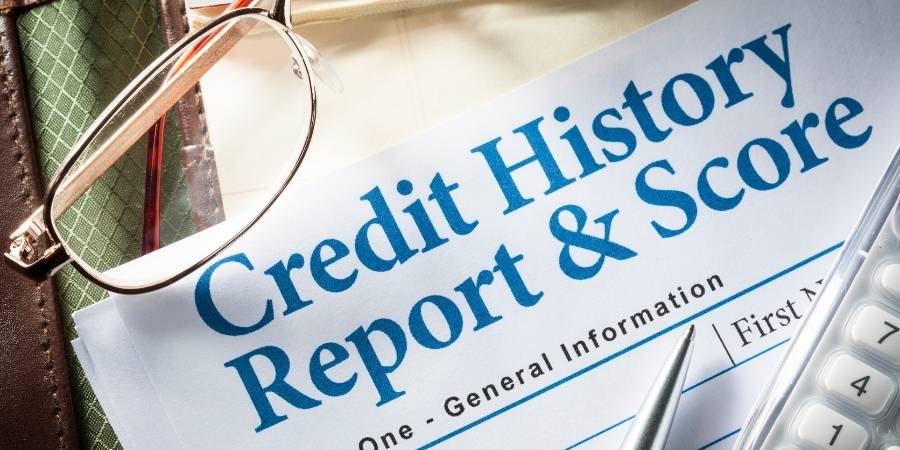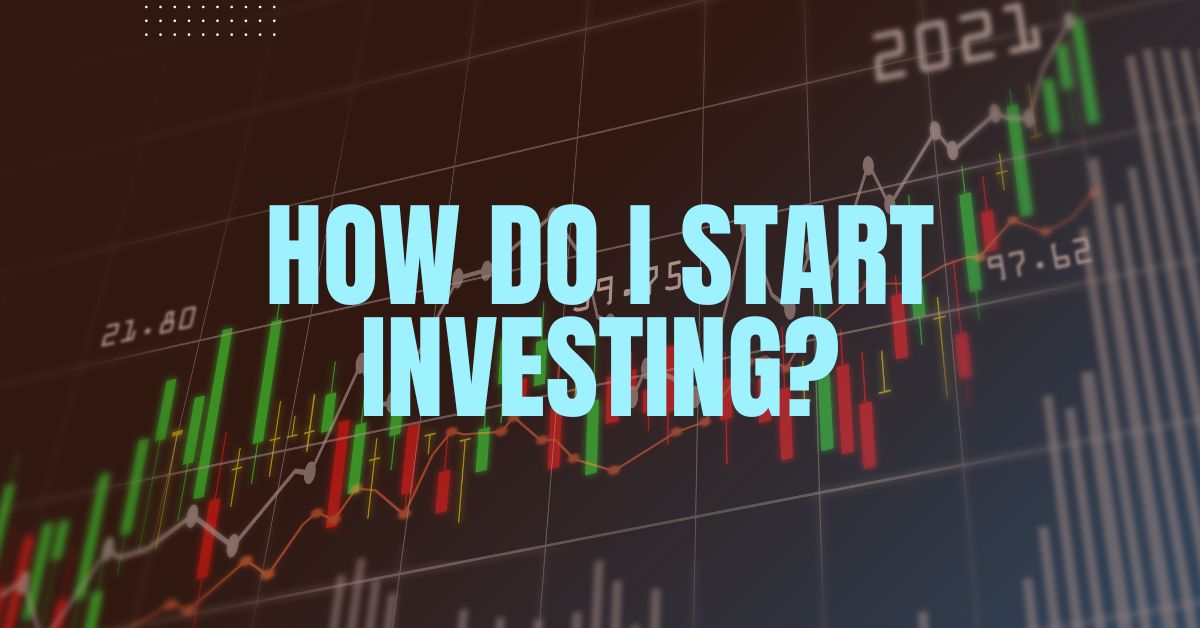What’s Stable Dividend Policy?
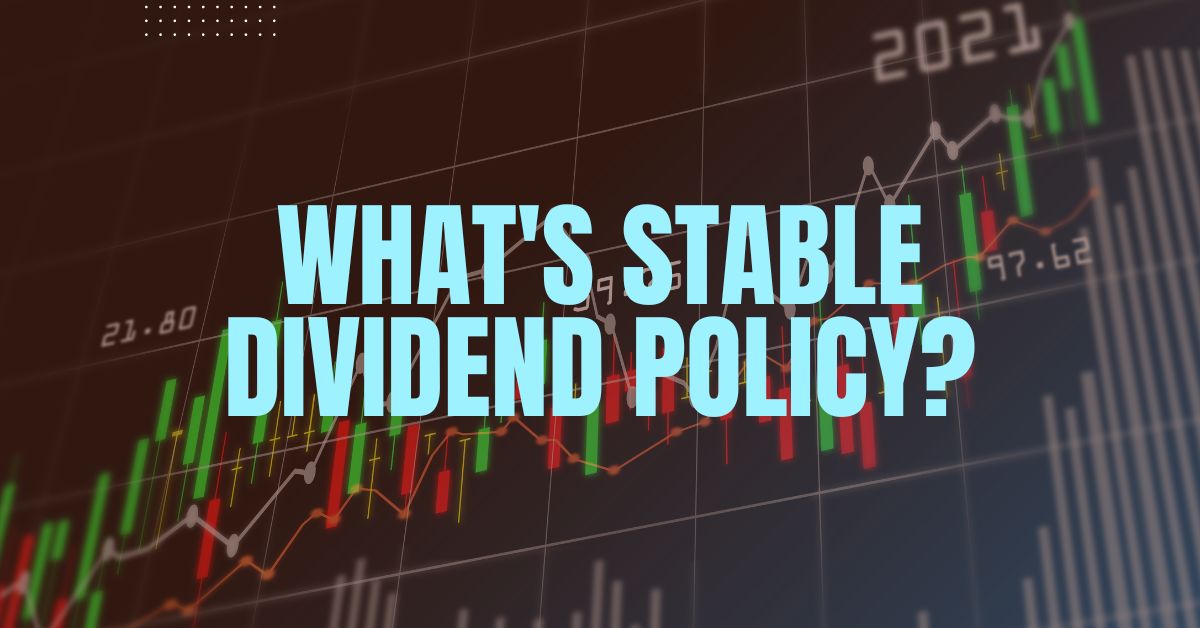
The dividend policy is a company’s general plan for paying dividends to shareholders. It sets a range of cash dividends that the company’s board considers “appropriate” based on the firm’s future earnings prospects and other financial actions. Companies have varying degrees of dividend policy, ranging from no unique dividend plans to “buybacks only.”
An investor would be interested in this type of stock because it pays out more than enough money to cover an investment if held over time. Cash dividends help build up long-term holdings of the company’s stock by providing capital gain. Investors are also interested in a large dividend policy because it assures them that the company is stable and has a profitable business. This guarantees that stocks will remain stable in value for investors who buy them.

1. About Stable Dividend Policy
Stable dividend policies refer to companies that have been paying regular dividends for many quarters or years. This policy usually means the company has a high level of investor confidence and is well funded.
A stable dividend policy is done to keep the value of the stock steady over time. It also guarantees that investors will benefit from high dividends along with gains in the price of their stocks. It keeps investors interested in knowing that their stock will increase in value and be supported by a company’s future earnings and cash flow. It also prevents them from losing money from a fluctuating stock price.
2. Dividends and Dividend Policies
A dividend is a company’s reward to its shareholders for their investment. Usually, it is paid out once per year and is most often paid on June 30th, the last day of the previous fiscal year. However, many dividend policies (known and unknown) make these payments more predictable.
Most companies pay dividends to try and keep their value stable or increase in value over time. The amount of cash dividends the company produces is directly related to the profitability of the company and its cash flow. While a company needs to pay money out of its profits, they need to ensure that they are still generating enough cash and earnings. By setting a stable dividend policy, companies can ensure that they will continue to maintain a consistent profit and cash flow over time. This helps companies increase their value in the long run.
3. Implementation of the Stable Dividend Policy
When a company starts with no record of past dividends, its board of directors will decide on its initial or first dividend policy. This will then determine how dividends will be paid in the future.
Implementing a stable dividend policy is relatively simple since it involves making decisions by both the board of directors and shareholders. The board of directors has to decide the appropriate level of dividends, often considering future earnings prospects, cash flow, and financing ability. They also need to decide on how frequent dividend payments should occur, usually monthly or quarterly. The shareholders then vote on whether or not this policy is acceptable and acceptable payment frequency.
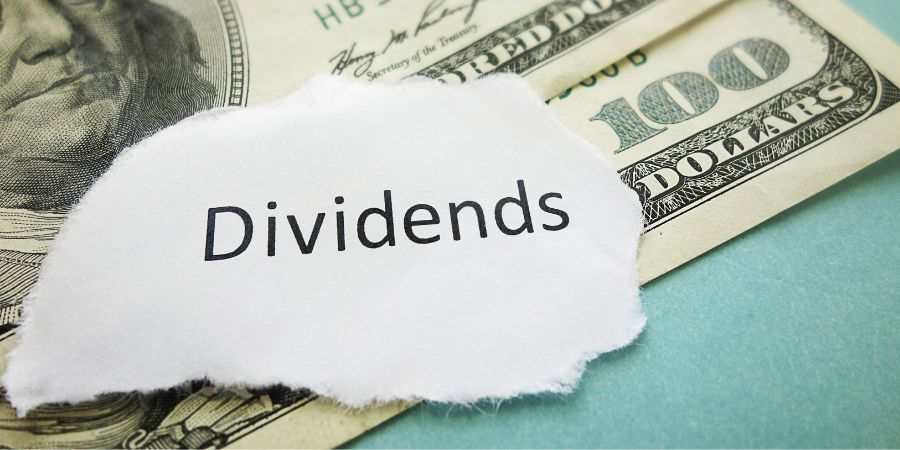
4. Stable Dividend Policy and Target Payout Ratio
The goal of a company’s board of directors when setting the dividend policy is to maintain both the share price and dividend amount at a stable level for an extended period. They want to ensure that the stock does not fall in value but that their cash flow continues to be sufficient to pay out dividends on time and follow the policy.
While the stable dividend policy ensures a company’s long-term stability, it is not without problems. The main problem is deciding on an appropriate payout ratio or the percentage of profits that a company should distribute as dividends. To do this, companies need to decide on a target payout ratio that they can achieve over time. This ensures they have a consistent cash flow and earnings stream while paying out enough money to investors.
The most important thing companies need to do to set a successful, stable dividend policy is to have a firm foundation on which they can base their decisions. For example, if their profit margins are falling, the board of directors will be able to see that and can take action on it. This policy ensures that companies can maintain the value of their stocks over time and provide consistent dividend payments for investors.



